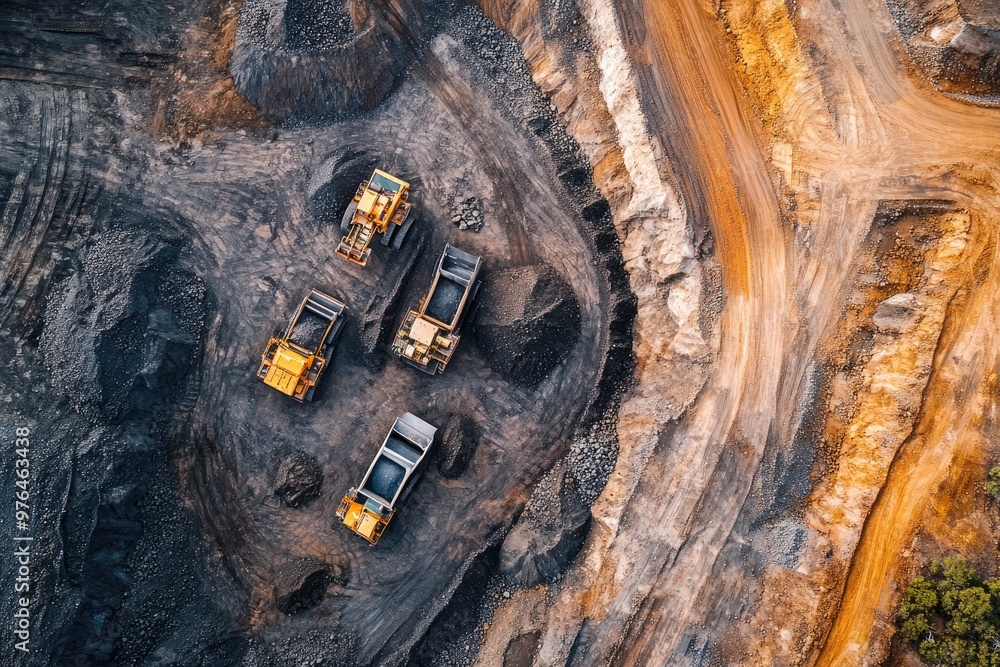Hunter Valley Mine Watch

No new coal mines are needed in the Hunter Valley. Avoiding dangerous climate change requires keeping coal in the ground, and with the world moving away from coal as an energy source new coal mines will simply compete with existing coal mines for a declining market.
This pattern is already evident in the Upper Hunter, where existing coal mines are extracting much less coal than they are allowed to under the licences granted to them by the NSW Government. These mines are meeting existing demand, and with demand likely to decrease in the future new coal mines will produce at the expense of the existing mines.
Coal mines have a major impact on the landscape and environment of the Hunter Valley. Most mines will leave behind at least one large hole, or final void. These voids often fill with very saline or otherwise unusable water. Leaving final voids is allowed under the mines’ approval conditions, but is out of step with community expectations. Australia Institute research has found that 77% of Australians want voids to be filled in as close as possible to original levels, while less than 1% of people felt that it was acceptable for voids to remain and fill with saline water.
If current or future generations want to repair the Hunter’s landscape, it will be an expensive exercise. Estimates of how much it costs to fill in the final void of a range between $526 million and $2.08 billion for each mine, according to the mining companies themselves. By contrast, the largest environmental bond held by the NSW Government is $272 million, with most in the tens of millions. The gap between the bonds held and the cost to fill in voids represents a subsidy to mining companies, one borne by the Hunter community and environment.
This page will track these two issues – the gap between production and approvals and the gap between environmental bonds held and the cost of filling in voids. It will be updated as more data becomes available.
Notes on methodology
The production gap is estimated by comparing data published by each mine on raw, or ‘run of mine’ coal extraction in the most recent year with the mine’s maximum approved capacity.
Environmental security bonds and void cost estimates are based on data published by the NSW Government and mining companies. If this data is not available, an estimate is derived based on published estimates of the area or volume of the void and per area or per volume costs published by other mining companies.